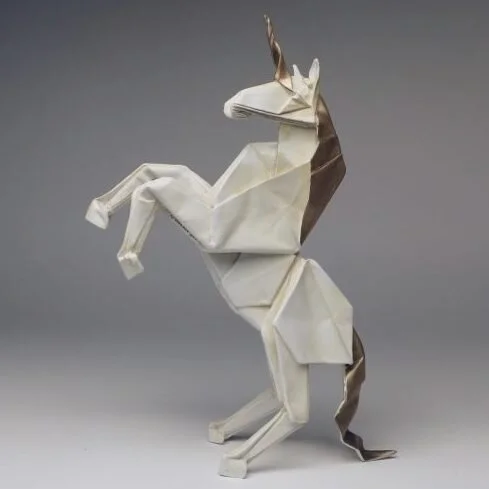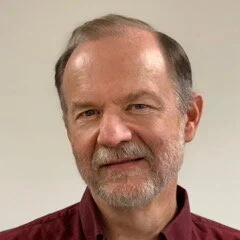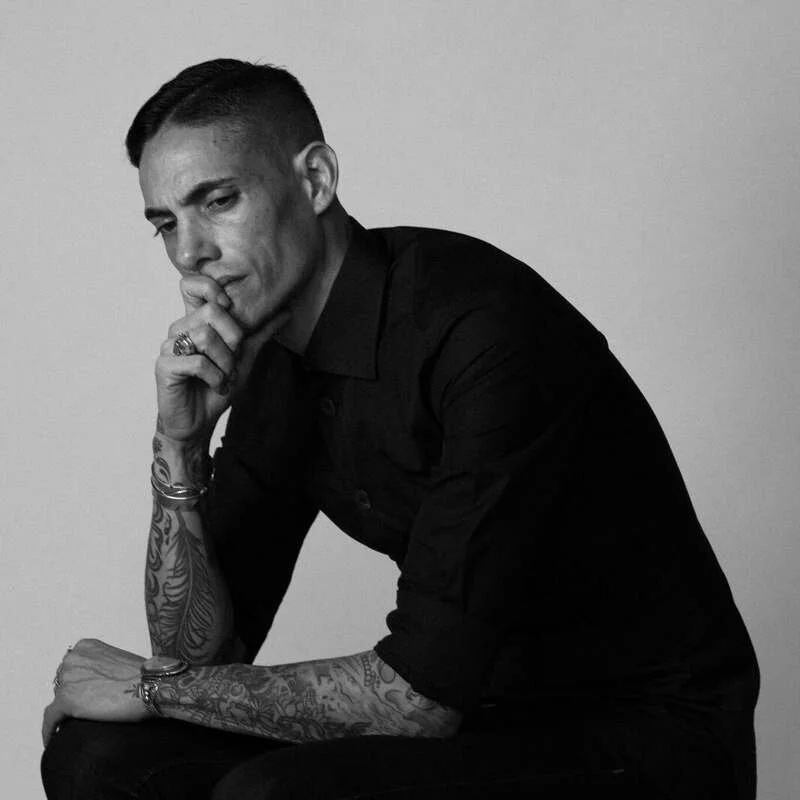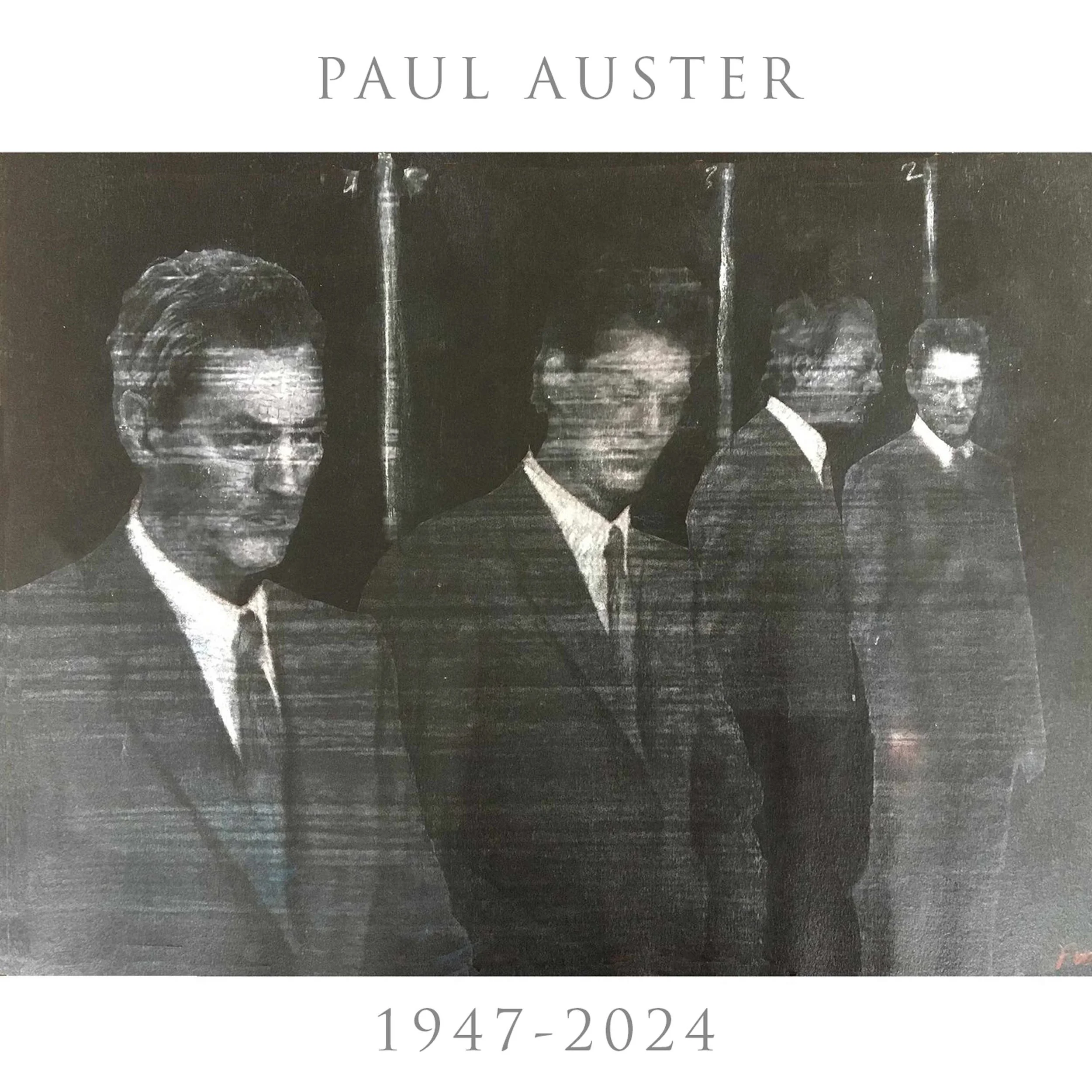Feminist Perspectives in Performance & Art with MICOL HEBRON - Highlights
/Interdisciplinary Artist, Curator & Feminist Activist
Now I think we’re in another culture war. I think we’re in, as we see the realm of cancel culture in social media and this very polarising war between the liberal left and the conservative right. I think that we’re in another culture and a lot of it is centering around gender and race. If you look at what’s happened to black women athletes in the last couples of months, the censuring of their bodies either because of hormones in the case of Caster Semenya or Naomi Osaka, there’s a lot of ways that our society has found to police black bodies for being too exceptional in a lot of ways. For performing in exceptional ways, and the white patriarchy doesn’t like to see that because it starts to diminish their power.
















